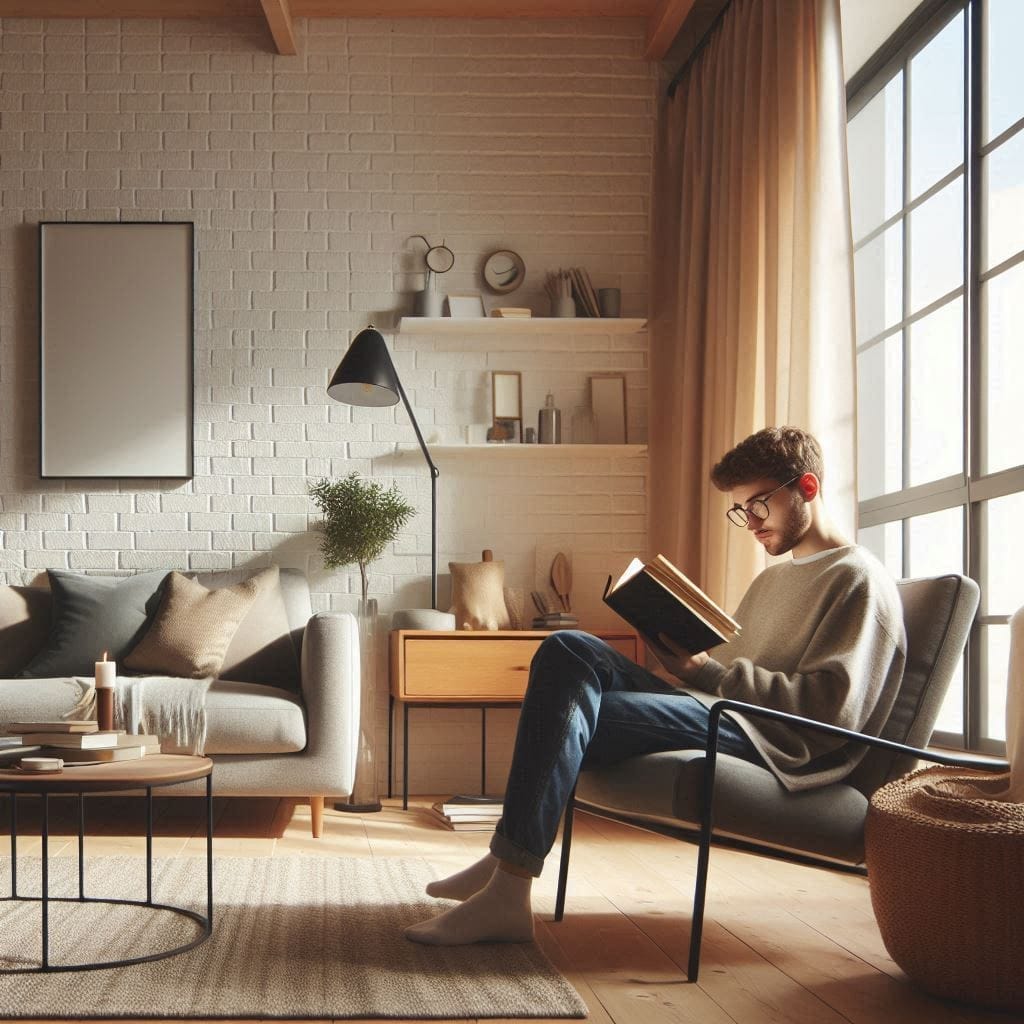Imagine walking into a clean, airy home where every item has a purpose and brings you joy. Picture a life where your mind feels as uncluttered as your surroundings. This is the magic of minimalist living — a lifestyle that’s about much more than just owning fewer things. It’s a way to simplify your space and your mind, giving you more freedom, focus, and peace.
What Is Minimalist Living?
At its heart, minimalism is about living with intention. It means keeping what’s truly essential and letting go of the excess. Think of it as a filter for your life: you sift out what doesn’t add value and hold on to what matters most.
Key principles of minimalism include:
- Decluttering: Removing the things you don’t need or use.
- Mindfulness: Being present and intentional with your choices.
- Prioritizing essentials: Focusing on quality over quantity.
Minimalism isn’t about deprivation—it’s about creating space for what really matters. And the benefits? You save time, money, and energy, and you create a peaceful environment that helps your mind relax.
Transforming Your Space
Decluttering Your Physical Space
Start small. Pick one room or even a single drawer. Use popular decluttering methods like:
- The KonMari Method: Ask yourself, “Does this spark joy?” If not, let it go.
- The Four-Box Method: Label boxes as Keep, Donate, Recycle, or Trash. Sort everything into these categories.
Decluttering creates a sense of accomplishment and gives your space a fresh, open feel. Imagine how much lighter you’ll feel when your surroundings aren’t overflowing with unused stuff.
Designing a Minimalist Home
When it comes to minimalist decor, less is more.
- Stick to neutral color palettes for a calming vibe.
- Choose functional furniture with clean lines.
- Invest in multi-purpose items, like a storage ottoman or a foldable desk.
To maintain your minimalist space, adopt a simple rule: “One in, one out.” For every new item you bring home, get rid of an old one. It’s a great way to prevent clutter from creeping back.
Don’t Forget Digital Minimalism
Clutter isn’t just physical. Think about your digital life—endless notifications, a messy inbox, and apps you never use.
- Organize your files.
- Delete apps and photos you don’t need.
- Unsubscribe from unnecessary emails.
Clearing digital clutter reduces distractions, helping you stay focused and productive.
Transforming Your Mind
The Psychological Benefits of Minimalism
When you clear the clutter around you, your mind feels lighter too. Minimalism can:
- Reduce stress and anxiety.
- Make decision-making easier.
- Encourage mindfulness and gratitude.
Think about it: if your space is clean and organized, your mind can breathe.
Practicing Mindful Minimalism
Minimalism isn’t just about stuff; it’s about focusing on what truly matters—whether it’s spending time with loved ones, pursuing a passion, or simply enjoying life. Shift your focus from material possessions to experiences and relationships.
Want to dig deeper? Try journaling or meditating to reflect on your minimalist journey.
Building a Minimalist Mindset
Adopting a minimalist mindset is key.
- Learn to let go of things you don’t need.
- Embrace the idea that “less is more.”
- Practice contentment with what you already have.
The shift isn’t always easy, but it’s incredibly rewarding.
Real-Life Success Stories
From celebrities to everyday people, minimalism has transformed lives. For example:
- Steve Jobs was famous for owning only a few pieces of furniture and wearing the same outfit daily. Why? To focus his energy on what really mattered.
- Everyday individuals have downsized their homes, cut expenses, and found joy in simplicity.
These stories show that minimalism isn’t one-size-fits-all. It’s about finding what works for you.
Overcoming Common Challenges
“But what if I need it later?”
If you haven’t used it in a year, chances are you won’t. Let it go.
“My family doesn’t support it.”
Explain the benefits and involve them in the process. Start small to show how effective it can be.
“It’s overwhelming to start.”
Take baby steps. Begin with one small area and build momentum.
Getting Started with Minimalism
Here are a few quick tips to get started today:
- Declutter one small area, like your desk or a single drawer.
- Wait 24 hours before making any new purchase.
- Identify your “why.” What’s motivating you to live more minimally?
Resources to Help You Along the Way
- Books: The Life-Changing Magic of Tidying Up by Marie Kondo.
- Documentaries: Minimalism: A Documentary About the Important Things.
- Apps: Try apps like Tody for organizing or Sortly for inventory management.
Internal Resources to Explore
Conclusion
Minimalist living is more than just a trend—it’s a lifestyle that can transform both your space and your mind. By decluttering and simplifying, you’ll find more joy, peace, and purpose in everyday life.
As Marie Kondo says, “The question of what you want to own is actually the question of how you want to live your life.” Take the first step today and see how minimalism can change your world.
